NASA flies over the poles to monitor ice loss

Sea ice in the Arctic reached the lowest maximum wintertime extent ever recorded
Sea ice in the Arctic reached the lowest maximum wintertime extent ever recorded
With operation IceBridge, NASA’s researchers study the processes by which the polar regions are connected with the Earth's climate system. Onboard a retrofitted 1966 Lockheed P-3 aircraft, they conduct a series of eight-hour flights over Greenland (from March to May) and Antarctica (October to November) in order to measure annual changes in ice thickness and movement and model a three-dimensional view of ice sheets, ice shelves and sea ice. This annual scientific undertaking is part of NASA's Cryosphere Program and in the spring of 2017, the second-to-last mission of operation IceBridge in the Arctic Circle was conducted.
This program was necessary in order to bridge the gap created when NASA’s ICESat (Ice, Cloud, and Land Elevation Satellite) –which was launched in 2003 to monitor changes in polar ice – suddenly stopped collecting data in 2009. Its replacement ICESat-II will be ready in 2018 and once it is up and running, it will have the ability to take continuous measurements over a much wider area - unlike the current aircraft-based method, which is only limited to annual surveys.
The findings
The data collected during operation IceBridge is critical in predicting the effect climate change will have on polar ice, including a rise in sea levels. Scientists were concerned that the Arctic Circle would be one of the regions that would be hit the hardest by climate change, and indeed on March 7, 2017, sea ice there reached the lowest maximum wintertime extent ever recorded. But the Arctic is not the only area that has been affected, as the sea ice extent sank to record lows at both poles.
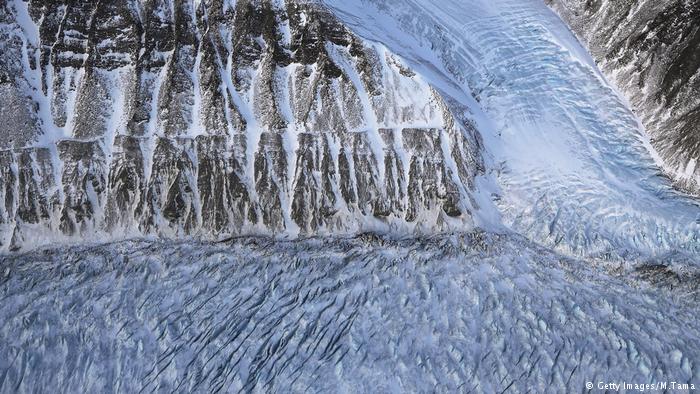
The darker the color, the thinner the ice.
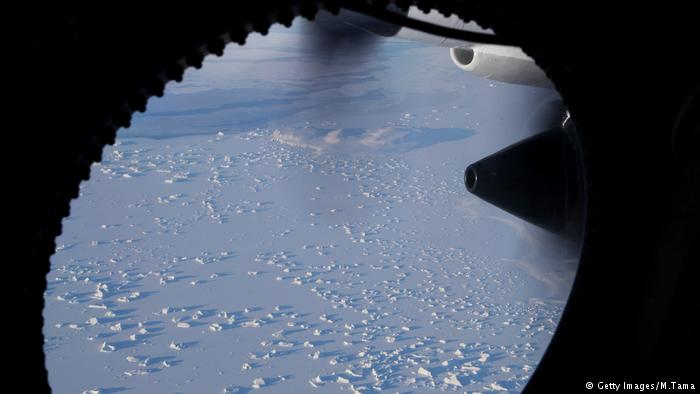
Icebergs locked in sea ice
Media
Want to read more like this story?

Arctic Sea Ice Hits Record Low
Feb, 15, 2015 | NewsAccording to data from the NASA-supported National Snow and Ice Data Center (NSIDC) at the Universit...

The Largest Ice Shelf In Antarctica Melting
Jul, 06, 2015 | NewsScientists warn that the global warming may cause the detachment of the largest ice shelf in Antarct...
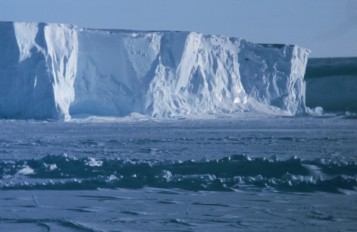
Glacial geoengineering could slow ice melting, claim glaciologists
Apr, 23, 2018 | NewsThree proposed geoengineering projects could buy us some time to address global warming Three pro...
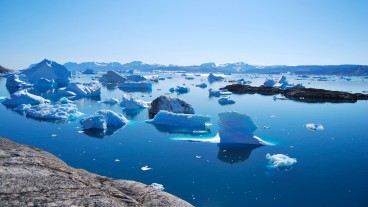
Greenland's thick ice slabs may cause sea level to rise
Oct, 02, 2019 | NewsSea level may rise by 10 centimeters due to the presence of thick ice slabs in Greenland. A new stu...

2024 ice tsunami in Yukon River tore through forest, altered riverbed
Oct, 15, 2025 | NewsIn 2024, an extraordinary ice-driven flood, termed an “ice tsunami”, raced along the Yukon River wi...
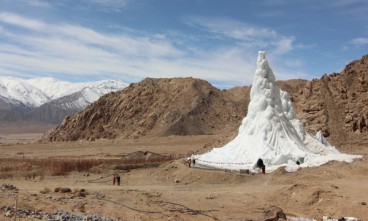
The ‘ice stupas’ could solve the water crisis in the high desert of the Himalayas
Jun, 15, 2018 | NewsArtificial glaciers are used to store the flowing winter water -that otherwise is wasted down the st...
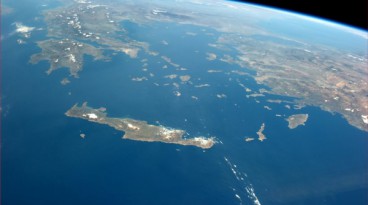
Horror Scenario For Coastal Areas
Jul, 29, 2015 | NewsClear warning from scientists, who note that the sea level rise may not be avoided even if the gover...
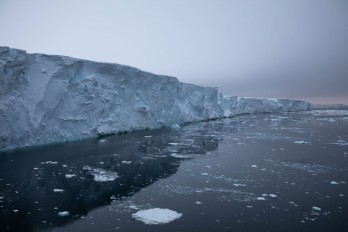
Geoengineering West Antarctic glacier to prevent a 3-meter sea level rise
Jul, 29, 2019 | NewsA group of scientists suggests a revolutionary strategy to prevent the collapse of the west Antarct...
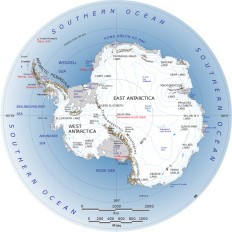
Antarctica's melting will result in higher sea-level rise than previously thought
Jun, 11, 2021 | NewsAccording to a new study, the global sea-level rise associated with the melting of Antarctica's ice...
Trending

Vertical gardens in Mexico City to combat pollution

Saudi Park Closed After 360 Big Pendulum Ride Crashes to Ground, 23 injured

Characteristics of Load Bearing Masonry Construction

Taipei 101’s impressive tuned mass damper

Dutch greenhouses have revolutionized modern farming

Federal court rules Biden’s offshore drilling ban unlawful


